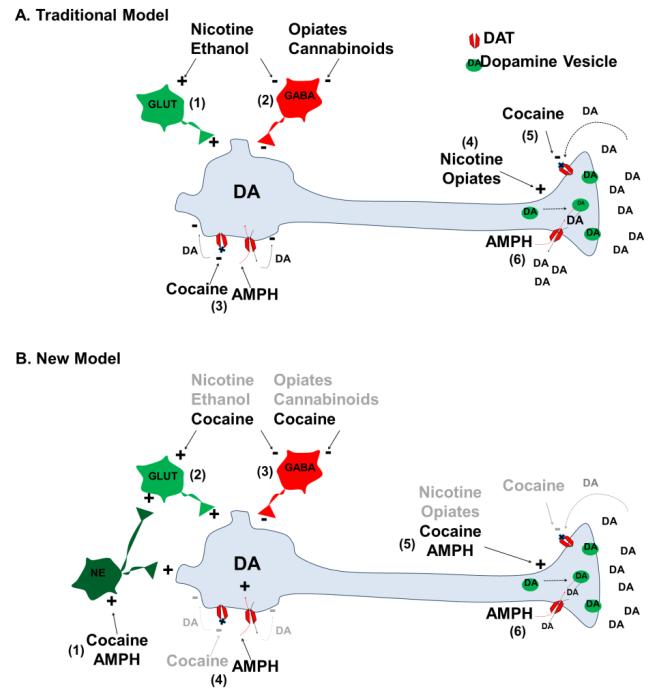Figure 2. Actions of abused drugs on dopamine neurons.
This figure summarizes the actions of abused drugs. It is important to note that these actions may differ across heterogenous subsets of midbrain dopamine neurons (see Box 3 and Outstanding Questions). Facilitation and inhibition are indicated by “+” and “-”, respectively. Abbreviations: GLUT, glutamate; NE, norepinephrine; DA, dopamine. A. Traditional Model. (1) Nicotine and ethanol enhance burst firing by dopamine neurons via enhancing excitatory glutamatergic drive [75,78]. (2) Nicotine [75] and ethanol [77] share with opiates and cannabinoids [88] the ability to disinhibit firing by reducing GABAergic input. Nicotine also activates firing directly via nicotinic acetylcholine receptors on dopamine neurons [74] (not shown). (3) In contrast, both AMPH- and cocaine-like DAT-Is suppress firing by elevating extracellular dopamine that activates somatodendritic D2 dopamine autoreceptors [4]. (4) At dopamine terminals, nicotine and opiates up-regulate vesicular dopamine release. Nicotine mobilizes the reserve pool of dopamine vesicles to the readily releasable pool [89] and shares with opiates the ability to increase the amplitude of phasic relative to tonic dopamine signals [90,91]. (5) Cocaine inhibits dopamine uptake by blocking DAT [92]. (6) As a DAT substrate, AMPH enters the dopamine terminal to deplete vesicular dopamine stores and promote DAT-mediated reverse dopamine transport [5]. B. New Model. The new model of drug action on dopamine neurons extends the old model described in A. above by reclassifying DATIs. Actions proposed for other abused drugs and for DAT-is inhibiting dopamine uptake are thus not changed in the new model and appear shaded. The new classification of DAT-Is is only briefly described here. Details and supporting references are found in text. (1) Cocaine and AMPH directly and indirectly activate burst firing by dopamine neurons by enhancing noradrenergic input. Cocaine increases burst firing by (2) enhancing glutamatergic input via presynaptic D1 dopamine receptors and (3) inhibiting GABAergic input. (4) By acting as DAT substrates, AMPH and its analog methamphetamine directly depolarize dopamine neurons. (5) AMPH and cocaine up-regulate vesicular dopamine release. (6) AMPH-induced dopamine efflux is modest, suggesting that this action potential-independent mechanism is not the primary AMPH target for activating dopamine signaling.

